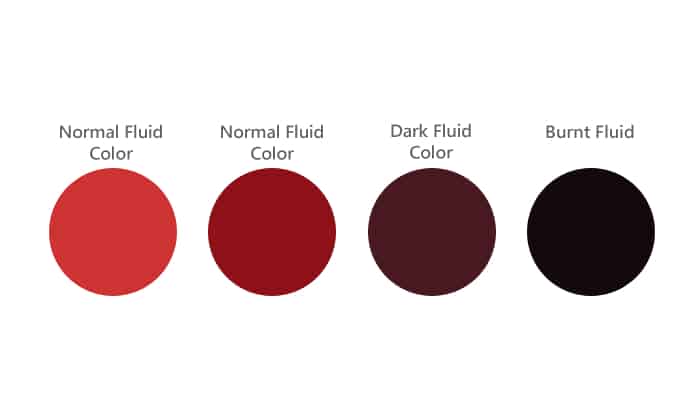2021 Honda CR-V Transmission Fluid Capacity
When it comes to maintaining your 2021 Honda CR-V, one crucial aspect that often gets overlooked is the transmission fluid. Properly maintaining the transmission fluid can help ensure smooth gear shifts and extend the lifespan of your vehicle’s transmission. In this article, we will discuss the transmission fluid capacity for the 2021 Honda CR-V, so you can keep your vehicle running smoothly for years to come.
| Popular posts |
|---|
| What to do to prolong the life of your manual gearbox |
| Automatic transmission: what it is, how it works |
Transmission Fluid Capacity and Type
Knowing the correct transmission fluid capacity for your Honda CR-V is essential to prevent overfilling or underfilling, both of which can lead to serious transmission issues. The table below provides the transmission fluid capacity for different engine and transmission combinations:
| Engine | Transmission | Fluid Capacity (Quarts) | Fluid Capacity (Liters) |
|---|---|---|---|
| 1.5L Turbocharged | Continuously Variable Transmission (CVT) | 3.7 | 3.5 |
| 2.4L | Continuously Variable Transmission (CVT) | 3.7 | 3.5 |
It is important to note that these figures are approximate and may vary slightly. Always refer to your vehicle’s owner’s manual for the most accurate information regarding transmission fluid capacity.
Transmission Fluid Maintenance
Now that you know the correct transmission fluid capacity for your 2021 Honda CR-V, it’s essential to understand the importance of regular maintenance. Here are a few key points to keep in mind:
- Fluid Change Interval: Honda recommends changing the transmission fluid in your CR-V every 30,000 to 60,000 miles, depending on driving conditions. Regular fluid changes help remove contaminants and ensure optimal performance.
- Fluid Quality: Always use Honda-approved transmission fluid for your CR-V. Using the wrong type of fluid can lead to transmission damage and void your warranty.
- Fluid Level Check: It is crucial to check the transmission fluid level regularly. Low fluid levels can cause overheating and premature wear. Refer to your owner’s manual for instructions on how to check the fluid level properly.
- Fluid Color and Smell: Transmission fluid should be clear and have a reddish color. If you notice a burnt smell or a dark, murky appearance, it may indicate a problem with your transmission and should be inspected by a qualified technician.
Safety Precautions
While maintaining your transmission fluid is essential, it is important to prioritize safety. Here are a few safety precautions to follow:
- Work in a Well-Ventilated Area: When performing any maintenance tasks involving transmission fluid, ensure you are in a well-ventilated area to avoid inhaling harmful fumes.
- Use Safety Gloves and Eye Protection: Transmission fluid can be toxic and may cause skin or eye irritation. Always wear safety gloves and eye protection when handling fluids.
- Secure the Vehicle: Before working underneath your CR-V, make sure it is securely supported on jack stands or ramps to prevent accidents.
By following these precautions and maintaining the proper transmission fluid capacity, you can keep your 2021 Honda CR-V running smoothly and avoid costly transmission repairs. Remember, regular maintenance is key to a long-lasting and reliable vehicle.
What Color Should Transmission Fluid Be?

